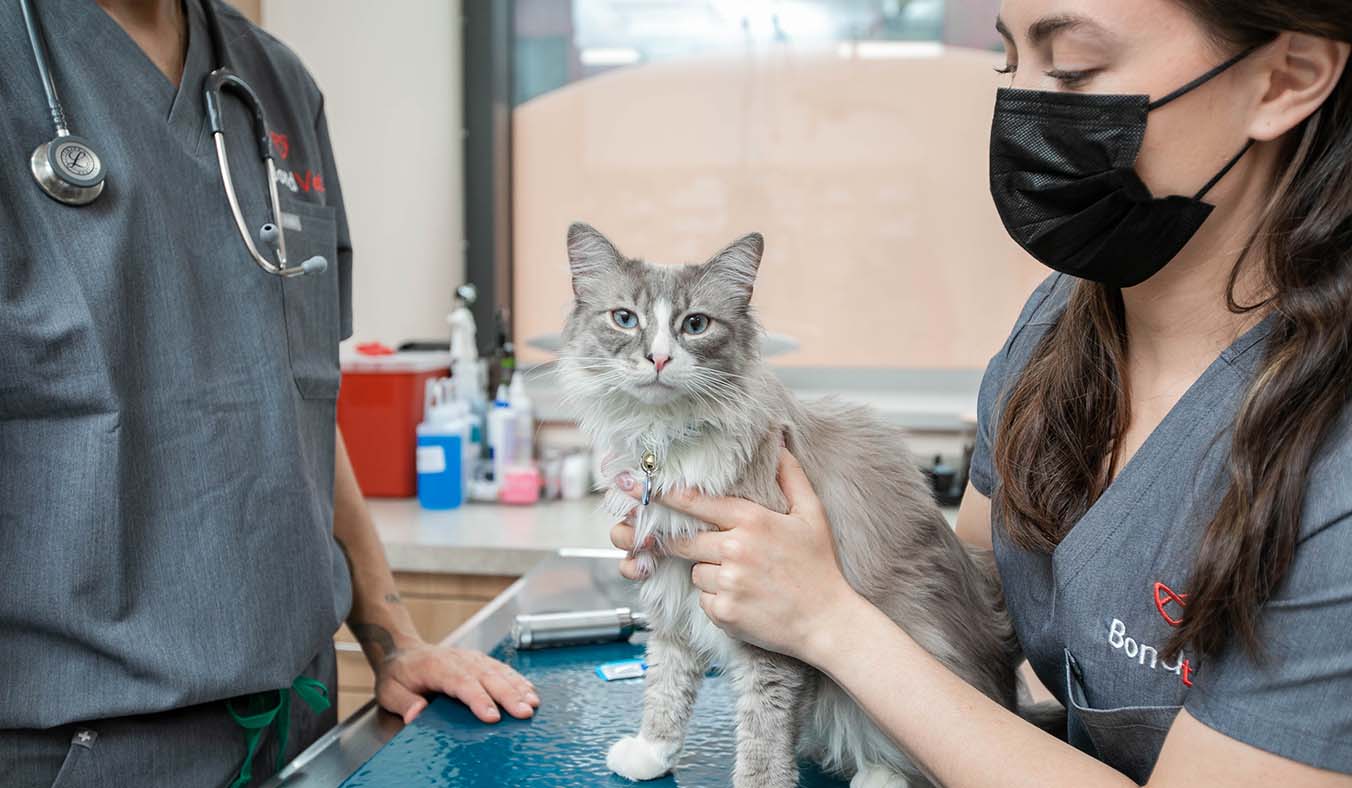Asthma in dogs can be a serious health concern that requires prompt attention. It’s essential to recognize the signs and symptoms of asthma in your canine companion. Here are four key indicators to watch out for:
1. Recognizing Asthma Symptoms in Dogs:
When it comes to identifying asthma in dogs, one of the most telling signs is severe wheezing. This distinctive symptom is often hard to miss, as it manifests as audible, high-pitched sounds during your dog’s breathing process. Imagine a sharp, whistling noise or a rattling sound emanating from your furry friend’s chest, each breath accompanied by evident struggle.
As a pet owner, witnessing your dog experiencing such distress can be deeply concerning. Picture your loyal companion, typically full of energy and vitality, now laboring to draw in each breath. You may notice their chest heaving, their body tensing with the effort of respiration. With each inhale and exhale, the wheezing persists, a stark reminder of their respiratory struggle.
In these moments, it’s essential to remain calm yet vigilant. Take note of the severity of the wheezing and any associated signs of respiratory distress. Is your dog exhibiting rapid breathing? Are they gasping for air with an open mouth? These additional cues can provide valuable insights into the urgency of the situation.
As you observe your dog, consider their overall demeanor. Are they lethargic or restless? Do they appear anxious or uncomfortable? These behavioral clues can offer important context for understanding the extent of their respiratory distress and informing your response.
In the face of severe wheezing, prompt veterinary attention is crucial. Reach out to your veterinarian for guidance and be prepared to provide them with details about your dog’s symptoms and medical history. In the meantime, offer your furry friend a calm and supportive environment, free from potential triggers such as smoke, dust, or strong odors.
Remember, while asthma can be a challenging condition to manage, early detection and intervention can make a significant difference in your dog’s quality of life. By remaining vigilant and proactive, you can help ensure that your beloved canine companion receives the care and support they need to breathe easier.
2. Labored Breathing with Mouth Wide Open:

Another concerning sign of asthma in dogs is labored breathing, often accompanied by gaping jaws as they desperately try to draw in air. Imagine your furry friend, mouth agape, their chest heaving with the effort of each breath, a visible struggle to fill their lungs with much-needed oxygen.
As a pet owner, witnessing such distress in your canine companion can be alarming. Picture the scene: your loyal friend, usually full of boundless energy, now immobilized by the overwhelming sensation of suffocation. Their chest rises and falls with exaggerated effort, their mouth gaping wide in a desperate bid for air.
In these moments, it’s essential to remain calm yet proactive. Assess the severity of your dog’s breathing difficulties—are they gasping for air with increasing urgency? Do you notice any changes in their gum color, such as a bluish tint indicating oxygen deprivation? These observations can provide vital clues about the urgency of the situation.
As you attend to your dog, consider their comfort and safety. Ensure they are in a calm, quiet environment free from potential triggers such as smoke, dust, or other airborne irritants. Offer reassurance with soothing words and gentle touches, letting them know you’re there to support them through this challenging experience.
While witnessing your dog struggle to breathe can be distressing, it’s essential to seek veterinary attention promptly. Contact your veterinarian for guidance and be prepared to describe your dog’s symptoms in detail. With timely intervention and appropriate treatment, you can help alleviate your dog’s respiratory distress and restore their comfort and well-being.
Remember, you’re not alone in this journey. Your veterinarian is a trusted partner in your dog’s health care, ready to provide expert guidance and support every step of the way. Together, you can navigate the challenges of asthma management and ensure your beloved canine companion enjoys a happy, healthy life.
3. Loss of Appetite:
A concerning aspect of asthma in dogs is its potential impact on their appetite. Picture your furry friend, once eager and enthusiastic at meal times, now showing little interest in their food. It’s a distressing sight for any pet owner to witness—a beloved companion, suddenly disinterested in one of life’s simple pleasures: eating.
Imagine setting down your dog’s favorite bowl of kibble, only to watch as they sniff it tentatively before turning away, their appetite seemingly vanished. It’s a subtle yet significant change in behavior that warrants careful attention and consideration.
As a responsible pet owner, it’s crucial to monitor your dog’s eating habits closely. Are they consistently leaving their food untouched? Have they lost weight or shown signs of malnutrition? These are important indicators of their overall health and well-being.
In cases of asthma, respiratory discomfort can contribute to a decreased appetite. Imagine how challenging it must be for your furry friend to enjoy their meal while struggling to catch their breath. The simple act of breathing becomes a priority, overshadowing even the most basic instincts like hunger.
If you notice a decline in your dog’s appetite, it’s essential to address the underlying cause promptly. Consult with your veterinarian to rule out any medical issues and discuss strategies for managing your dog’s asthma symptoms. Together, you can explore dietary options, appetite stimulants, and other interventions to help restore your dog’s interest in food and ensure they receive the nutrition they need to thrive.
Remember, your veterinarian is your trusted ally in your dog’s health journey. By working together and advocating for your furry friend’s well-being, you can help them overcome the challenges of asthma and enjoy a happy, healthy life filled with joy and vitality.
4. Coughing and Rapid Breathing:

Imagine your loyal canine companion, normally full of energy and vitality, suddenly seized by fits of coughing and rapid breathing. It’s a distressing sight that can leave any pet owner feeling helpless and concerned for their furry friend’s well-being.
For dogs with asthma, coughing spells can be a common occurrence, often accompanied by rapid, shallow breaths. Picture your dog, their chest heaving with each breath, as they struggle to expel air from their inflamed airways. It’s a telltale sign of respiratory distress, signaling the urgency of the situation.
The cough itself may vary in intensity and duration, ranging from intermittent hacking sounds to persistent bouts of wheezing and gagging. Your dog may cough repeatedly in an attempt to clear their airways, only to find temporary relief before the cycle begins anew.
As a pet owner, witnessing your dog’s distress can be emotionally taxing. You may feel a sense of helplessness as you watch them struggle to breathe, their rapid breaths punctuated by unsettling coughing fits. It’s a stark reminder of the challenges posed by asthma and the importance of proactive management and treatment.
If your dog experiences coughing and rapid breathing episodes, it’s crucial to seek veterinary care promptly. Your veterinarian can evaluate your dog’s symptoms, conduct diagnostic tests if necessary, and develop a tailored treatment plan to alleviate their respiratory distress.
In the meantime, you can provide comfort and support to your furry friend by creating a calm, quiet environment free of potential triggers. Offer gentle reassurance and monitor their condition closely, staying vigilant for any changes or worsening symptoms.
Remember, asthma in dogs requires ongoing management and vigilance. By working closely with your veterinarian and implementing proactive measures, you can help your dog breathe easier and enjoy a better quality of life despite the challenges posed by this respiratory condition.
If you notice any of these symptoms in your dog, it’s crucial to seek veterinary attention promptly. Asthma can be a life-threatening condition if left untreated, and your veterinarian can provide a proper diagnosis and recommend appropriate treatment options to manage your dog’s symptoms and improve their quality of life. Remember to provide a calm and comforting environment for your furry friend during episodes of respiratory distress, and follow your veterinarian’s guidance for ongoing care and management of asthma in dogs.



